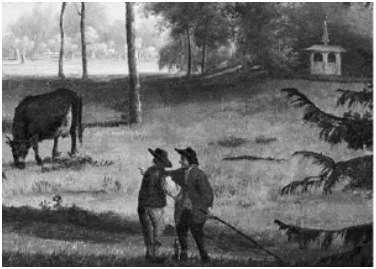Finding that match
Afgelopen november kon ik vaststellen dat de Kapel van Willem Tell in de tuin van Huys ten Donck werd gebouwd in 1792. Afgezien van de vraag waarom, restte de vraag: wat was de bron? Die is nu waarschijnlijk wel gevonden.
Afgelopen november kon ik vaststellen dat de Kapel van Willem Tell in de tuin van Huys ten Donck werd gebouwd in 1792. Afgezien van de vraag waarom, restte de vraag: wat was de bron? Die is nu waarschijnlijk wel gevonden.



